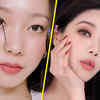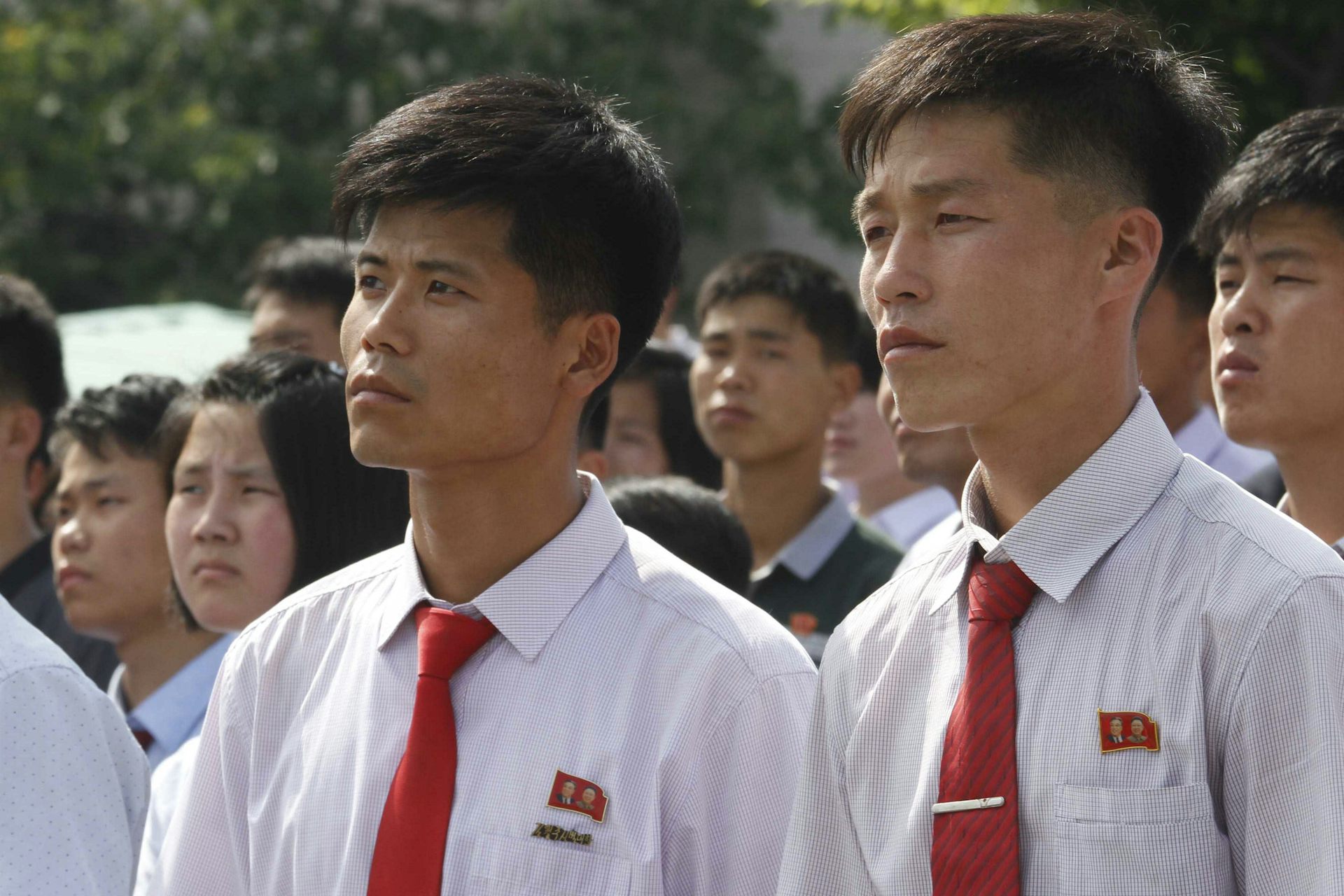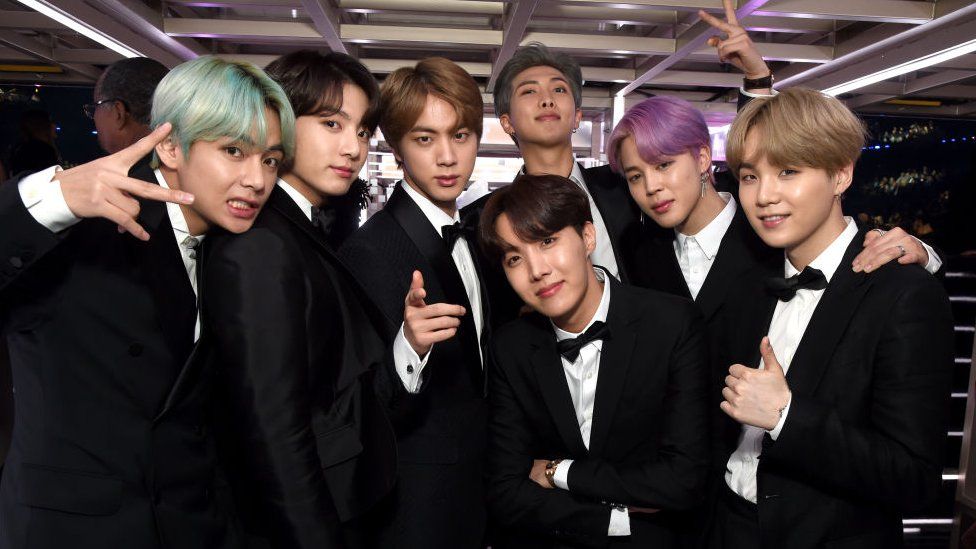
The etchings are arranged to give a wavy appearance in harmony with the layout of the statues. The mural, representing those forces supporting the foot soldier, depicts Army, Navy, Marine Corps, Air Force and Coast Guard personnel and their equipment.

They were enhanced by computer to give a uniform lighting effect and the desired size. Over 2,400 photographs of the Korean War were obtained from the National Archives. The wall consists of 41 panels extending 164 feet.


The muralist, sculptor and architect worked closely to create a two-dimensional work of art adjacent to the three-dimensional statues. The Mural Wall was designed by Louis Nelson of New York, NY and fabricated by Cold Spring Granite Company, Cold Spring, MN. The ponchos seem to blow in the cold winds of Korea. The troops wear ponchos covering their weapons and equipment. The statues stand in patches of Juniper bushes and are separated by polished granite strips, which give a semblance of order and symbolize the rice paddies of Korea. The advance party has 14 Army, 3 Marine, 1 Navy and 1 Air Force members. They are approximately seven feet tall and represent an ethnic cross section of America. The 19 stainless steel statues were sculpted by Frank Gaylord of Barre, VT and cast by Tallix Foundries of Beacon, NY. In addition, 103,284 were wounded during the conflict. Of these, 8,200 are listed as missing in action or lost or buried at sea. During its relatively short duration from Jto July 27, 1953, over 36,000 American servicemen and 7,100 Korean Augmentation to the United States Army (KATUSA) died in hostile actions in the Korean War theater. The War was one of the most hard fought in our history. armed services during the three-year period of the Korean War. The memorial commemorates the sacrifices of the 5.8 million Americans who served in the U.S. The Memorial was designed and financed by private contributions and erected under the auspices of the Korean War Veterans Memorial Advisory Board composed of Korean War veterans appointed by President Reagan. The Korean War Veterans Memorial is located near the Lincoln Memorial on the National Mall in Washington, D.C. A major or minor in Asian and Middle Eastern Studies with a concentration in Korean is available.The Korean War Veterans Memorial The Memorial We now offers a variety of courses in modern literature, sociolinguistics, and culture. We are planning to broaden those offerings to incorporate North Korean language as well.Ĭoinciding with the rise in interest in the Korean language has been an increased interest in Korean culture and literature. Our program has already broken ground on the foundation of North Korean studies with a number of courses that look at its history, culture, literature, film, and society. Every time North Korea enters the international spotlight for political, social, military, or human rights reasons, students come with questions and curiosity. First, Korean pop culture and culture in general is becoming more and more common and important in the US. The second factor that will continue to contribute to the growth of Korean studies in the US is the ever fluctuating state of US-DPRK relations.īoth of the two Koreas influence students enrolling in our classes. Our rapid growth is attributed to an increased focus on non-heritage learners, attention to sound pedagogical practices, and generous support that has enabled the addition of key faculty members.Ĭurrently, we observe two primary factors that draw students into our classes: Korean popular culture and US-DPRK (Democratic People's Republic of Korea) relations.
KOREAN FULL
The Korean program at the University of Minnesota can be considered quite different from these traditional programs as it has been comprised mostly of non-heritage learners and has been growing very successfully.Īs of 2015, with four full-time instructors and one part-time instructor, our program offers a complete curriculum in the Korean language, covering five full years of Korean language instruction. Most US university-level Korean language programs have been established to serve ethnic Korean descendants, such as second- or third-generation Korean Americans and their focus is to expand their programs and reach out to the true beginners who want to learn the Korean language, literature, and culture. The Korean Language Program at the University of Minnesota represents the largest non-heritage Korean as a Foreign Language (KFL) program in the United States. Contact the Director of Korean Language Instruction, Hangtae Cho.


 0 kommentar(er)
0 kommentar(er)
